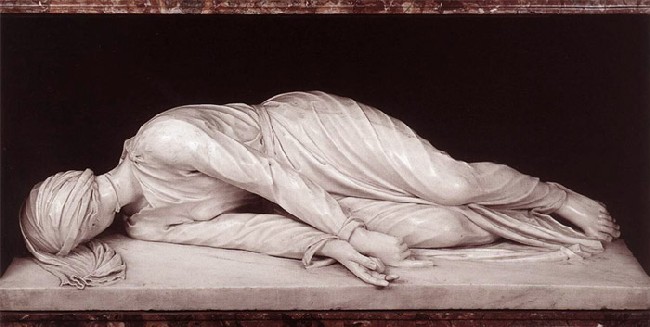Picture: By cohdra
[Click picture to enlarge]
The New Advent Encyclopedia's Easter article has this quote about the effect of Easter on how we set liturgical time:
"Easter is the principal feast of the ecclesiastical year. Leo I (Sermo xlvii in Exodum) calls it the greatest feast (festum festorum), and says that Christmas is celebrated only in preparation for Easter. It is the centre of the greater part of the ecclesiastical year. The order of Sundays from Septuagesima to the last Sunday after Pentecost, the feast of the Ascension, Pentecost, Corpus Christi, and all other movable feasts, from that of the Prayer of Jesus in the Garden (Tuesday after Septuagesima) to the feast of the Sacred Heart (Friday after the octave of Corpus Christi), depend upon the Easter date."The liturgical calendar was changed after Vatican II so some of the information in the above quote may be inapplicable to the current church calendar, but the main points about how Easter's date controls the movable feasts until the end of the liturgical calendar was a big light bulb in my liturgical mind.
I have always felt there is something different about using the liturgical calendar to establish my relation to time. The above quote has helped me start looking in the right place — I think.
As the quote from the Easter article shows, for much of the liturgical year, time is imprinted with the effects God's great power (the resurrection).
The liturgical calendar gets its substance from the central event in human history rather than from mere astronomical markings. This enables the pattern of liturgical time to strengthen the praying heart.
______________________
Footnotes:
Picture is cohdranknhangers2.JPG by cohdra and is used subject to license.










No comments:
Post a Comment